Randy Overbeck's Blog, page 4
December 10, 2020
2020 is radically different year. How about a radically different gift suggestion?
2020 has been an extremely challenging year for businesses. Many have been forced to close and even more are on life support. We’ve heard about their challenges on the news almost every week.
But did you know the virus has devastated another group of organizations? Very seldom do we hear or read about how the pandemic has affected the non-profits and charities which are such a vital part of the fabric of our society. With millions out of work, it’s no surprise that donations are down to churches, groups like the American Heart Association Association and the Red Cross. And the sad fact is that, for many of these institutions, the pandemic has exacerbated the critical need for their their services.
So, if you are among those who are lucky enough to be managing financially during the pandemic, I’m proposing a radical gift suggestion. Instead of buying that latest gadget or another shirt you don’t really need, why not give a little to your favorite charity or non-profit this season? What could be more in the spirit of Christmas than to send some money where it can do the most good?
I’m sure you have your own favorite charities, but I thought I’d share a few I think are particularly worthy of our support.
LOCAL FOOD BANKS
Besides the overcrowded hospitals, the scourge of the coronavirus is probably most apparent in the situation of what’s showing up on kitchen tables. According to a recent study 1 in 4 households have experienced food insecurity in the past few months! That means they either have no food or don’t know where their next
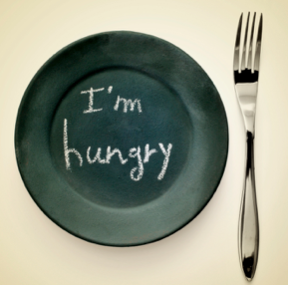
meal will come from.
Local and national news coverage every few days shows mile-long lines of families querying up to local food banks to get some precious food. If you’re fortunate enough to not be in this number, perhaps consider a gift to your local food bank. Below is a link to “FEEDING AMERICA,” an organization of food banks that will allow you to identify your local food bank or they will take your donation and forward it to the food pantry in your town.
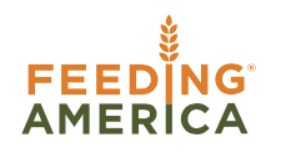
THE SALVATION ARMY
The bright red kettles of the Salvation Army is almost as much a fixture of the holiday season as Christmas trees and the Jolly Old Elf himself. When I’ve had the opportunity to “man the kettle” at our local Kroger’s store, I was always sur
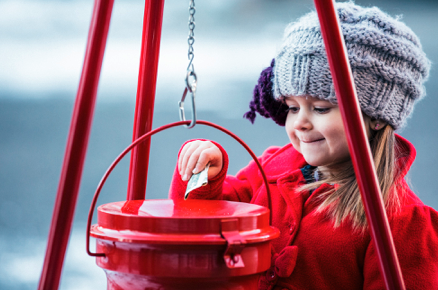

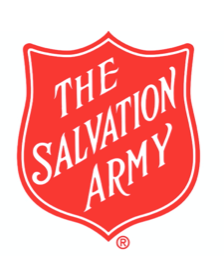
prised by the spontaneous generosity of passers-by. And pleased because I learned th
at the Salvation Army has one of the lowest overhead and bureaucracy costs of institutions—95% of every dollar raised goes to help needy folks—and all of the donations are used in the town or area they are collected in.
The Christmas kettle campaign is their major fund raising campaign. But, because of the effect of the pandemic (more online shopping, less traffic in stores, people carrying less money and coins) the charity is seeing donations decrease about 50% this year. In the precise year when the need for their services has increased by 55%. That’s why I feel it’s a good place to drop my coins—or in this year, write a check.
If you’re so inclined, here’s link to their site: https://www.salvationarmyusa.org/usn/brighten-the-holidays/
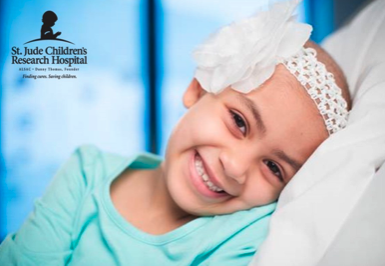
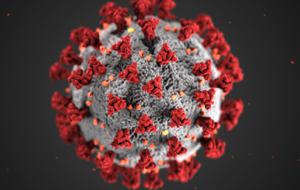
This charity does not really have a Covid connection, but has always been one of my favorites. Founded by the entertainer, Danny Thomas, the hospital is built on the premise “No child should die in the dawn of life.” And it is one of the few medical institutions in America that believes families struggling with catastrophic disease shouldn’t have to deal with crippling debt as well. For even though the hospital costs $2.8 million a day to run, no family ever receives a bill for the services for saving their child at St. Jude’s.
Here’s a link to their site. https://www.stjude.org/donate/donate-to-st-jude.html?sc_icid=wtg-mm-btn-donate-now
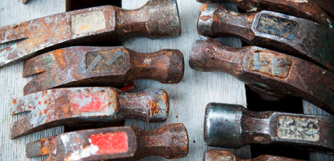
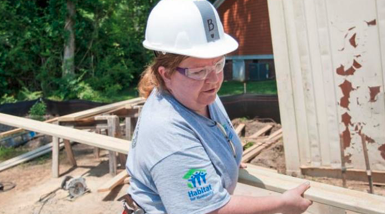
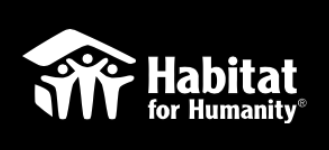
My final suggestion is an organization that builds houses for the homeless and
downtrodden. “A decent home provides the strength, stability and independence that families need.” These are the opening words of Habitat for Humanity mission. I read recently that most American are only two paychecks away from losing their home. An in this age of the coronavirus, trying to survive on the street is not only degrading and debilitating, it could also be life threatening. Whether you’re able to contribute to any of these or your own favorite charity, I urge you to remember those less fortunate than you, especially at this time of year. It’s the Christmas thing to do.
Here is the link to donate if you feel so inclined. https://www.habitat.org/donate/?link=271&source_code=ANCW20071221000&keyword=menu-one-time
MERRY CHRISTMAS!!!
Here’s to a much better 2021!
—Randy Overbeck
November 21, 2020
Staying Thankful
You probably think you know about the origins of Thanksgiving, the most American of holidays. In Kindergarten, I bet you brought home paper cutouts of the Pilgrims and Native Americans (maybe even your teacher taught you they were the Wampanoag people). And you probably remember the story of the feast the Indians shared with the settlers of Plymouth in the fall of 1621, in celebration of a great harvest. But did you know how Thanksgiving became a national American holiday?

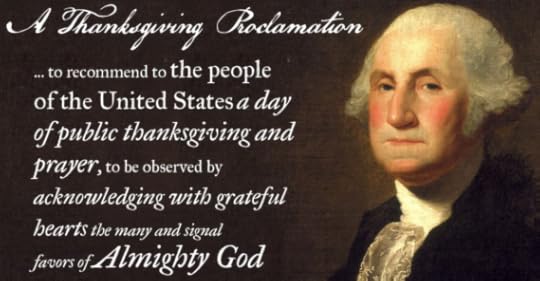
The genesis of the holiday actually stretches back to George Washington, who in 1789—the first year our young republic—issued a proclamation designating November 26 of that year as a “day of public thanksgiving and prayer.” This however did not establish the day as a national holiday. Later presidents, John Adams and James Madison, made similar declarations, but the tradition did not stick.
It didn’t become a national holiday until Abraham Lincoln, almost 75 years later, made it official on October 3, 1863 “to set apart and observe the last Thursday of November next as a Day of Thanksgiving and Praise.” President Lincoln took this action near the end of the bloodiest year of our civil war. Only a few months earlier, he had to deliver his famous “Gettysburg Address” to a nation mourning over 50,000 causalities from that battle alone. Yet, in the midst of a year of bloodshed, battles and conflict across the country, Lincoln had enough hope to proclaim: “The year that is drawing toward its close has been filled with the blessings of fruitful fields and healthful skies.” I think one more line from the lengthy official decree is particularly worth sharing today, “the Almighty hand heal the wounds of the nation, and to restore it…to the full enjoyment of peace, harmony, tranquility, and union.”



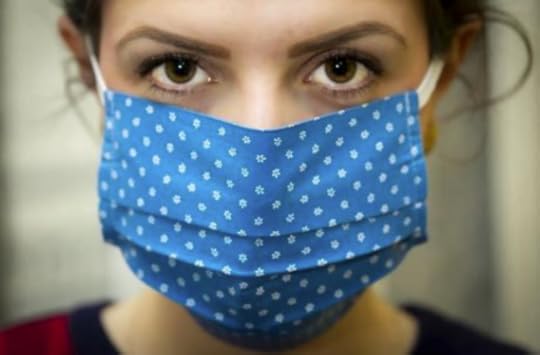
I share this small bit of history as a gentle reminder. If Lincoln, in the midst of our country’s civil war could find such hope and offer thanksgiving, then we should do no less. Without a doubt, 2020 has been a trying and challenging year, perhaps the most trying in recent memory. The pandemic of Covid-19 has altered every aspect of our lives, our health and our living, and at times we have difficulty seeing beyond it. All in all, 2020 is a year we cannot wait to get in the rear view mirror.
But I’d like to offer this thought—it’s not 1865! If, in that horrid year of death and destruction, Lincoln could count his blessings and be thankful, then so can we.
Happy Thanksgiving!
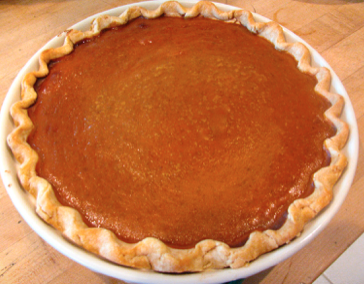

Before you carve the turkey, please take a moment to remember the many blessings you have to be thankful for. Then, before you have that piece of pumpkin pie, why not follow Lincoln’s example and ask the Almighty to heal our nation, both the physical bodies and the body politic.
October 19, 2020
Do You Really Believe in Ghosts?
During my author talks and book signings for my new ghost story/mystery, BLOOD ON THE CHEASAPEAKE—at least, before the pandemic—this is the most common question I’d receive from participants, sometimes offered with an inflection that conveyed the speakers’ incredulity. It was almost as if the person were saying, “Only children and idiots believe in ghosts.”

The short answer to that question is yes, but I prefer Shakespeare’s eloquence, “There is more to heaven and earth, Horatio, than is dreamt of in your philosophy.” (That’s from Hamlet, by the way.) For those not fluent in Shakespearian English, he is simply saying there are just a great many things we simply can’t explain…and ghosts are one of these.
My skeptics are surprised to learn that the belief in ghosts is quite widespread among Americans. According to two studies conducted in the last few years (Harris Poll,2003 and Huntington Post, 2017) approximately half of Americans report that they believe in ghosts (48%).

And an amazing one in five confirm they’ve experienced an actual encounter with a spirit from the other side. BTW, the percentage of believers worldwide is even greater.
In fact, if you are born into a faith community anywhere across the globe, your belief system includes a belief in ghosts and spirits of the dead. For example, Catholics preach that ghosts are “evil spirits that lead you to sin.” Judaism includes the belief in several ghosts including the “dybbuk,” a ghost of a dead person who can possess another for malevolent reasons. Muslims believe in mischievous ghosts called “jinns”—which are better known in the Western world as genies.

Buddhists subscribe to the belief in “hungry ghosts” who exist on another plane, and should be treated with compassion rather than feared. The religions of all Native American tribes include the belief in ghosts such as the evil “Skinwalkers” of Navaho mythology. Of course, this is a partial list, but you get the idea.
These skeptics are even more surprised to learn that a number of famous scientists, inventors, statesmen and celebrities openly profess their belief in ghosts.

Marie Curie, the only woman to win two Nobel prizes for her work with radioactive elements—and was the subject of the recent Netflix film, ,Radioactive,—also believed in ghosts and attended seances.

Thomas Edison, who holds more pattens than any other American, confided to a reporter he was working on a “spirit phone” so he could talk to the dead. Dale Earnhardt, Jr, (known in racing circles as simply Junior) has won more NASCAR races than I could name, but almost died more than fifteen years ago. In 2004, he wrecked in the LeMans Race in Sonoma, CA and was trapped inside a burning car. He says a ghost pulled him from the wreck and saved his life.

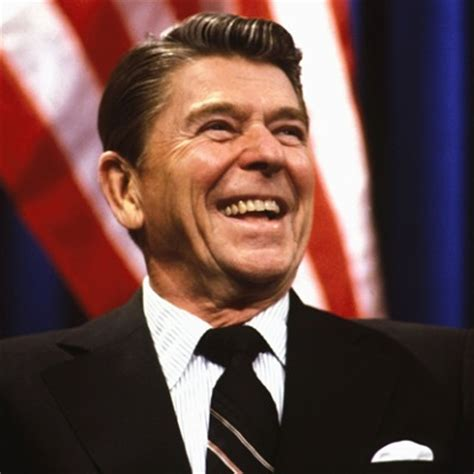
Also, Presidents Abraham Lincoln and Ronald Reagan were very candid about their belief in ghosts. These are merely a few examples.
Overall, I’d say I was in pretty good company.
So as I imagined, drafted, and created the novels in my new series, the Haunted Shores Mysteries, I was intrigued enough about the possibilities of the spirit world to wrap each cold case murder mystery inside an eerie ghost story. Of course, readers don’t need to believe in ghosts to enjoy these narratives as there is so much more to savor. In each novel, they encounter a perplexing whodunit, a captivating romance, spectacular scenery and a compelling social issue—all this in addition to an eerie ghost story.
The first entry in the series, BLOOD ON THE CHESAPEAKE, was published last year by the Wild Rose Press and earned rave reviews and even picked up two national awards.


The second installment in the series, CRIMSON AT CAPE MAY, was released this summer and it quickly garnered two ★★★★★ reviews and a national award, the Gold Award from Literary Titan. CRIMSON follows our hero, Darrell Henshaw—teacher, coach and paranormal sensitive—to the incredible resort town at the tip of New Jersey. There, he is stalked by the Haunted Bride, who is desperate for him to seek justice for her, and many more victimized girls.
Reviewers have been generous in their praise of the work.
“A haunting, yet fast-paced whodunit that captures the reader’s attention from page one. A wonderful book!”—Alexandra Ivy, New York Times and USA Today bestselling author
“Delivers an unpredictable mystery along with a powerful look at people…Completely engaged by the intrigue.”—Long and Short Reviews
“With both elements of mystery and suspense, readers across genres will find this second book about Darrell Henshaw intriguing…I highly recommend it.” ★★★★★—Literary Titan
“It’s a ghost/mystery story filled with suspense and action. The plot is so engrossing it had me hooked from the very first page.” ★★★★★—Nana’s Reviews, Greece
“The well-plotted storyline keeps a steady pace through two-thirds of the book and then gradually ups the ante, adds tension, grit, drops more pieces of the puzzle then explodes.”—V. Williams, Rosepoint Publishing
Get your copies TODAY! (purchase from the links below)
,,https://www.barnesandnoble.com/w/crimson-at-cape-may-randy-overbeck/1137088608?ean=9781509231638
,,https://www.bookbub.com/books/crimson-at-cape-may-by-randy-overbeck
September 14, 2020
Do You Need an Escape?
Right about now—six months into this pandemic, still not able to do much and smack dab in the middle of an ugly election season—could you use a getaway? Have you had to restrain your impulse to throw something at the TV during the latest Coronavirus update or when another negative political ad comes on? Couldn’t you just picture yourself on an sun-drenched beach, toes in the warm sand and a frosty drink on your hand? Or maybe sailing across blue green waters, waves lapping peacefully at the sides of your sailboat with the shoreline around you exploding with color?
I’m right there with you.
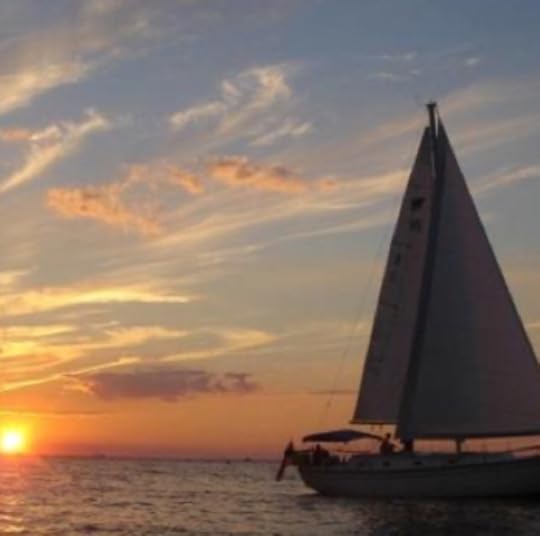
That’s why, when I decided to write the Haunted Shores Mysteries, I chose to set each narrative in a great getaway location. But not just any getaway. I mean everyone knows about places like Hilton Head, or Malibu, or Daytona Beach. For my tales, I was searching for unique, even unforgettable locations that I could introduce readers to and would leave a lasting impression with them.
For me, my first choice was obvious since we’ve traveled there several times. The setting for BLOOD ON THE CHESAPEAKE is, well, the Chesapeake Bay. Or to be more precise, the Eastern Shore of the Chesapeake Bay, truly one of the undiscovered gems in the country. Thousands of miles of undulating shoreline, some of the best seafood you’ll ever eat, and sunsets over the water that would melt your sheltered, hardened heart. Not to mention the scene of variegated foliage covering she shores that can match even peak autumn in New Hampshire. If you close your eyes, you might be able to picture yourself in the middle of the Bay aboard a two-masted sailboat, rocking gently on the waters. Or you could just let my novel take you there.

Here’s a brief excerpt from BLOOD.
"A few stray clouds chased each other across an azure sky which turned the water to an aquamarine. A light breeze filled the two white and gold sails and stirred the water, creating only small waves which rocked the sloop gently. Across the horizon, a few white sails punctured the beautiful blue that wrapped around them.
The boulders lining the shores looked like pebbles from where they sailed."

Don’t you wish you were standing on the deck of that sailboat right now? Well, you can almost.
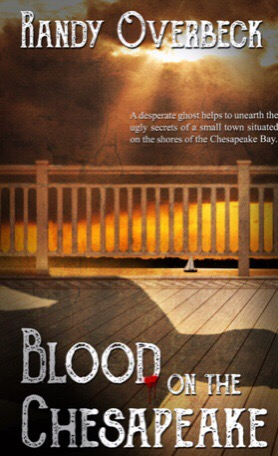
For the second entry in my series, I went for something quite different, but just as interesting in its own way. CRIMSON AT CAPE MAY is set in a quintessential resort town, with expansive white sand beaches for the sun-worshipper, a famous getaway for more than 150 years. With hundreds of unique Victorian houses and mansions—think “the painted ladies”—lining the shore and filling the streets of this quant town, you have a setting and a sight unmatched anywhere in the U.S. And, the fact that the town is the most haunted seaport on the Eastern Seacoast made it a no-brainer for the setting for my second novel.
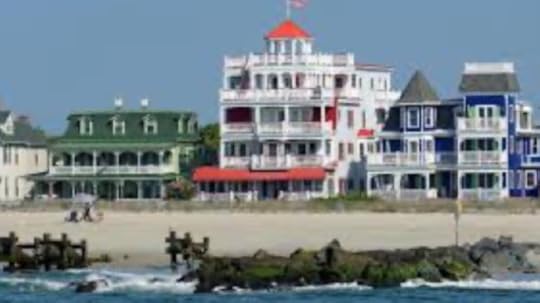
A few pages into this novel and I promise you’ll forget the present doldrums of Covid-19 and all the attendant problems and find yourself in another place and time, one you’ll enjoy.
Here’s just a sample:

"They crossed at the light, and Darrell took in the sight ahead of them—a near perfect, expansive sandy beach edged by crystal blue water that seemed to stretch on forever, merging with a perfect azure sky. Smudges of white dotted the heavenly canvas, and small curls of white-topped breakers were sprinkled along the waters farther out. Quiet waves gurgled up upon the sand before leaking back into the watery expanse…Throw in the meticulous architecture of all those Victorian mansions and B & B’s and you have resort few places could match."

Of course, my novels are far more than mere escape reads. Both include a cold-case murder mystery, a haunting ghost story and a bit of romance, all with some unforgettable characters. And each novel tackles a serious social problem, BLOOD confronting racial injustice and CRIMSON exposing the horrors of human trafficking.
But don’t let all that fool you.
Both entries in the series will transport you to a much better place and time than the here and now.
Perhaps, one of the Amazon reviewers put it best:
“Was your vacation canceled this year? I know ours was put on the back burner, but I can recommend a great get-away that won't cost much. Read the book Blood on the Chesapeake: A Cold Case Murder Mystery. It's a vacation to a beautiful seashore with characters you'll love and some you'll hate. Of course, everyone wants a vacation with a happy ending, and I won't spoil the book for you, but you'll smile about the ending after you put it down.”—Tami A, an Amazon reviewer
If you haven’t had the chance to discover either, click any of the links below to grab your copy and escape the present.
PURCHASE LINKS
https://www.amazon.com/Randy-Overbeck/e/B07QQHW7DM?ref=sr_ntt_srch_lnk_4&qid=1599345455&sr=8-4
https://www.barnesandnoble.com/s/Randy+Overbeck?_requestid=1363854
https://www.booksamillion.com/search?filter=&id=7952538990150&query=Randy+Overbeck
https://www.bookbub.com/search?search=Randy+Overbeck
AUTHOR LINKS
https://www.authorrandyoverbeck.com
randyoverbeck@authorrandyoverbeck.com
Facebook: Author Randy Overbeck
Twitter: @OverbeckRandy
July 11, 2020
If you’re white and privileged, what is your responsibility when you witness racial injustice?
I have clearly benefitted from white privilege. I did not come to this awareness easily or quickly. After all, I believe I’ve encountered more than my share of challenges throughout life. I was one of seven children in a family with little money headed by a single mother—long before that term was even coined. I was raised on the poor side of town.
I’ve had to work pretty much everyday from when I was thirteen until I retired recently, and even managed full time jobs while earning a bachelors, a masters and a Ph.D. I earned the privilege to be the district leader—superintendent or assistant superintendent—of four different districts in Ohio. So I can be excused if I’ve felt that I’ve worked hard to accomplish all I have.

But I’ve come to realize, with the help of my minority friends and colleagues, that even though poor and from the “wrong side of town,” I’ve had advantages that has enabled my success that those not of my color do not. In other words, I’ve benefited from white privilege. I was given a break, or a leg up ,or an “Atta boy,” because I shared a heritage and color with most others in the system. I’ve realized this for quite a while, but have been reminded of this simple fact as I watched the nationwide protests
the past few weeks.

That’s why, when I wrote my award-winning new novel, BLOOD ON THE CHESAPEAKE, I chose as my theme, the struggle against racial injustice. Using the vehicle of historical narrative—the story takes place in 1998—my novel provokes the very question tearing the country apart: What is your responsibility when you confront racial injustice? Though I hardly planned it that way.


My protagonist, Darrell Henshaw, is a Midwesterner who travels halfway across the country for a new teaching and coaching job. He lands on the Eastern Shore of the Chesapeake Bay, in an idyllic small town with period houses with picket fences, miles of undulating shore lines and unforgettable sunsets. But he discovers the charming town hides an ugly secret, buried deep in its past. Thirty years earlier, a black man was murdered and his death ignored. Unlike Amaud Arbery, Sean Read, Breonna Taylor, or George Floyd, there was no one recording his tragic death. In his new home, Darrell comes face-to-face with the reality of bigotry and injustice and must decide how much is he willing to sacrifice to get justice for someone he doesn’t even know?
I’m not black and don’t pretend to understand the challenges people of color face in our society. But I have come to know and recognize white privilege and have gained insight on how the system works, for me and against some others.

I recognize there are things I can do to support equal rights for all our citizens. My hope is my narrative may give readers of all colors a historical lens to examine their own values on racial injustice by accompanying the protagonist on his journey of discovery.
*Randy Overbeck originally wrote this for an edition of the Xenia Gazette in June 2020.
May 4, 2020
THE Challenge of Our Day
This newest virus, this Covid-19, has left a trail of destruction unlike anything we’ve seen. The list of woes is long—
Deaths of tens of thousands, perhaps more than a hundred thousand Americans before it is through
Major disruptions to our economy, bringing to cities, states and untold businesses to the edge of bankruptcy
Overwhelming stress on many of the country’s hospital systems, including claiming far too many of its hardest workers as victims of the pandemic
Remarkable strain on families because they are separated and can’t see or comfort those they love or they are confined together in the same space for way too long
Anxiety, apprehension and fear of the most vulnerable among us—the elderly and those with chronic conditions or weakened immune systems.

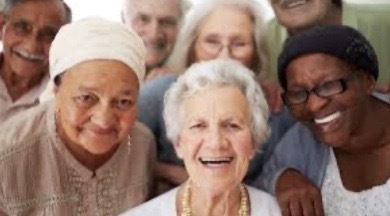
And it doesn’t appear that we are going to move past all this anytime soon.
So what are our choices?
We can stew in our juices, heaping paranoia atop the very real fear this has all engendered. Or we can place blame, point fingers and make accusations. OR we can protect ourselves, deal with the challenges and push on.
“What doesn’t kill us makes us stronger.”
I choose the last.
In fact, I’ve found that, like beyond every dark cloud there lie better possibilities, struggling through the pandemic has given me appreciation for a number of simple things in life I’d taken granted before. And, once restored, I plan to cherish again.
Simple things like—
Hugging my wonderful granddaughter while she’s still young enough to want a hug from an old guy
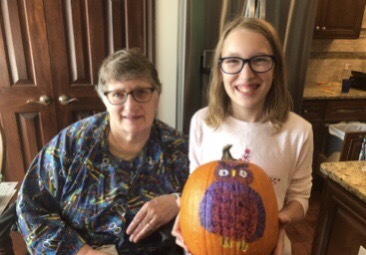

Taking my wife out for a simple dinner at one of our favorite restaurants where someone else makes the meal, serves it and cleans up the dishes
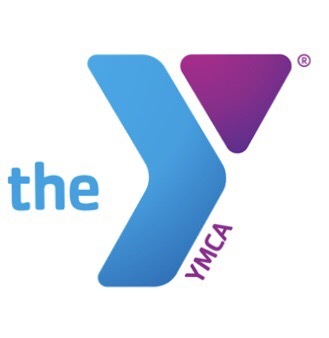
Doing water aerobics in the senior pool at the Y along with a dozen of our friends and acquaintances also committed to water exercise
Playing our favorite board and card games with family and friends gathered together around the large dining room table at our house

Being able to board a flight to see our grandkids in Northern California or take a drive to visit the grandkids outside Atlanta
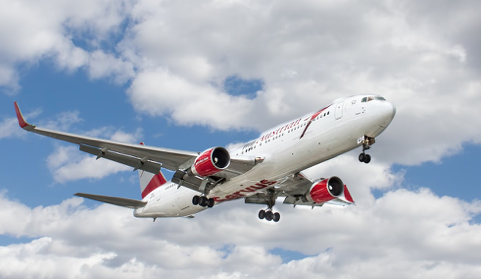
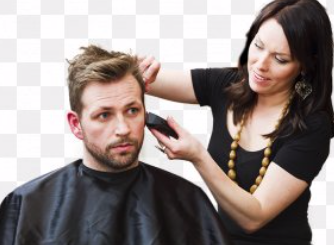
Getting a haircut at local salon (my wife says I look like an elderly fifth Beatle)
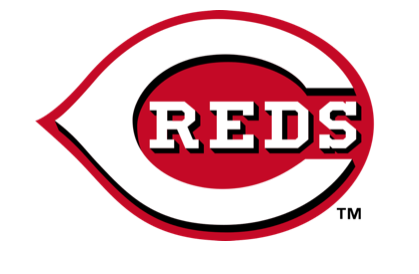
Even listening and watching my favorite team—the Reds—even if I only want to yell at them for screwing up another season.
Like everyone else, I’ve railed against the lockdown and restrictions and hated to witness what it was all doing to the economy—even though I understand the reasons, at least on a rational level. But I’ve also noticed a few unexpected benefits.
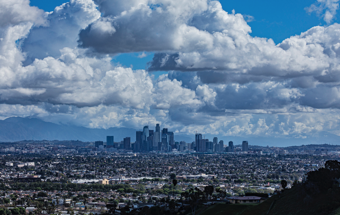
Without the traffic and the manufacturing fires burning, the air has grown cleaner, clearer. When I’m out on one of my common walks—and now bike rides—I can tell the difference in my breathing. Even in the middle of spring allergy season, my asthma is quiet and comfortable. And, though I can’t travel to the places, I’ve seen the incredibly clear photos of the Arch de Triumphe in Paris, the LA skyline and the streets of Manhattan. It’s as if the earth is taking a deep breath along with us.
On those walks around the neighborhood, I see whole families—mom, dad, a teenager, a preteen and a toddler—out strolling together and talking. No one has their head down buried in a phone. (I’d guess they’ve all had enough screen time indoors.) Before this crisis, I can’t remember the last time I saw a sight like this. It’s just that we all so busy—with pilates and soccer games and dance class and golfing and karate—that families have precious little time together. Now that has certainly changed.
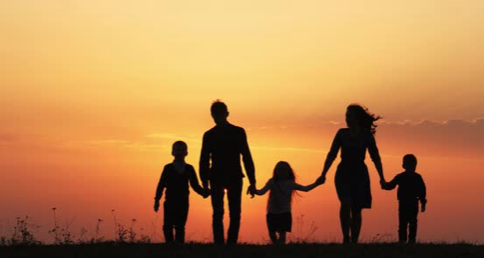
Most days I try to call one or two friends or family members, just to check in and make sure they are all safe and healthy. I’m surprised they are all available and anxious to talk. No texting or Instagram—though I know many are doing those. But, to a person, everyone I call is grateful I called and anxious to talk and share their story. Some I haven’t seen for years, but all that time melts away as we face a common, invisible enemy.
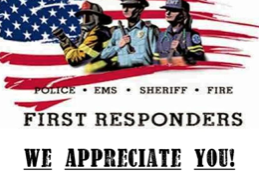
And thanks to some excellent media coverage, most Americans are recognizing the unselfish and heroic work of first responders, who everyday put others’ needs ahead of their own fears and concerns. This commitment by doctors, nurses and EMT’s is nothing new—although more dangerous now—but many who didn’t notice before are taking note and expressing their
appreciation.

I’ve heard from a number of parents who now that have been given the challenge of trying to teach their children at home have expressed a new appreciation for the exemplary work that teachers do to teach not only their kid, but an entire class of youngsters or teenagers.
No, none of these revelations are worth the pain, fear and suffering we all enduring. But I have to leave the solution to those problems to someone else, whether I like it or not. I choose to focus on those lessons that can we can carry forward.

And not take for granted the next time I get to hug my grandkids or get a massage or laughing when I lose at the next game of Uno Attack.
And perhaps, I won’t wait for a crisis to reach out to all the friends and family that have stayed silent in my address book.
Maybe, just maybe I can be a better me, when we come out the other side of this, Peace.



